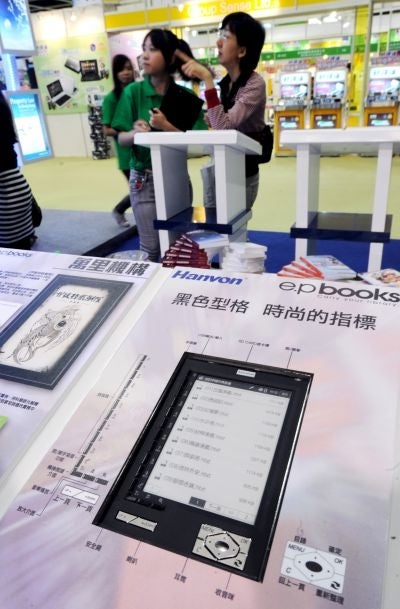Your support helps us to tell the story
From reproductive rights to climate change to Big Tech, The Independent is on the ground when the story is developing. Whether it's investigating the financials of Elon Musk's pro-Trump PAC or producing our latest documentary, 'The A Word', which shines a light on the American women fighting for reproductive rights, we know how important it is to parse out the facts from the messaging.
At such a critical moment in US history, we need reporters on the ground. Your donation allows us to keep sending journalists to speak to both sides of the story.
The Independent is trusted by Americans across the entire political spectrum. And unlike many other quality news outlets, we choose not to lock Americans out of our reporting and analysis with paywalls. We believe quality journalism should be available to everyone, paid for by those who can afford it.
Your support makes all the difference.While traditional forms are still the norm in China, there has been a massive rise in the use of digital technology for reading purposes.
According to the Eighth National Reading Survey - conducted by the Chinese Academy of Press and Publication - there was a 200 percent rise in the use of e-book readers in 2010, while mobile phones were now the preferred medium for 23 percent of respondents. It also found those aged between 18 and 70 now, on average, spend around 42 minutes per day reading online.
E-book readers may still account for just 3.9 percent of those polled for the survey but a spokesman for the academy said given that China has around 600 million mobile phone users - and that more than half of those users were rural residents with limited access to resources - reading via digital appliances was a trend that was only going to get more and more popular in China.
The survey found that on average Chinese people read 4.25 books per year, 101.16 editions of newspapers, 7.19 editions of magazines and 0.73 e-books.
The Chinese survey polled 19,418 people across 29 of China's provinces during the period of September 2010 through January 2011.
In comparison, the most recent survey held into the reading habits of Hong Kongers - collated during the 2009 edition of the city's end-of-year Book Fair - found that 60 percent of adults spent five hours or more a week reading.
That survey found 73 percent of China's more tech-savvy southern cousins used the internet to read and that 43 percent read e-books. Meanwhile, 16 percent of Hong Kongers said they used their mobile phones to read, while six percent used iPods.
What China reads ...
1. Newspapers 66.8 percent; 2. Books 52.3 percent; 3. Magazines 46.9 percent; 4. Mobile phones 23 percent; 5. Internet 18.1 per cent; 6. E-book readers 3.9 per cent; 7. Personal digital assistant/MP4/Electronic dictionary 2.6 percent; 8. CD/DVD 1.8 percent.
How long China spends reading ...
1. Internet 42.7 minutes per day; 2. Newspapers 23.7 minutes per day; 3. Books 16.8 minutes per day; 4. Magazines 13.7 minutes per day; 5. Mobile phones 10.3 minutes per day.
What China prefers to read ...
1. Paper books 68.3 percent; 2. E-books online 21.4 percent; 3. Mobile phones 10.2 percent; 4. E-book readers 2.8 percent; 5. Printed from the internet 1.7 percent.
• Figures from the Chinese Academy of Press and Publication
MS

Join our commenting forum
Join thought-provoking conversations, follow other Independent readers and see their replies
Comments